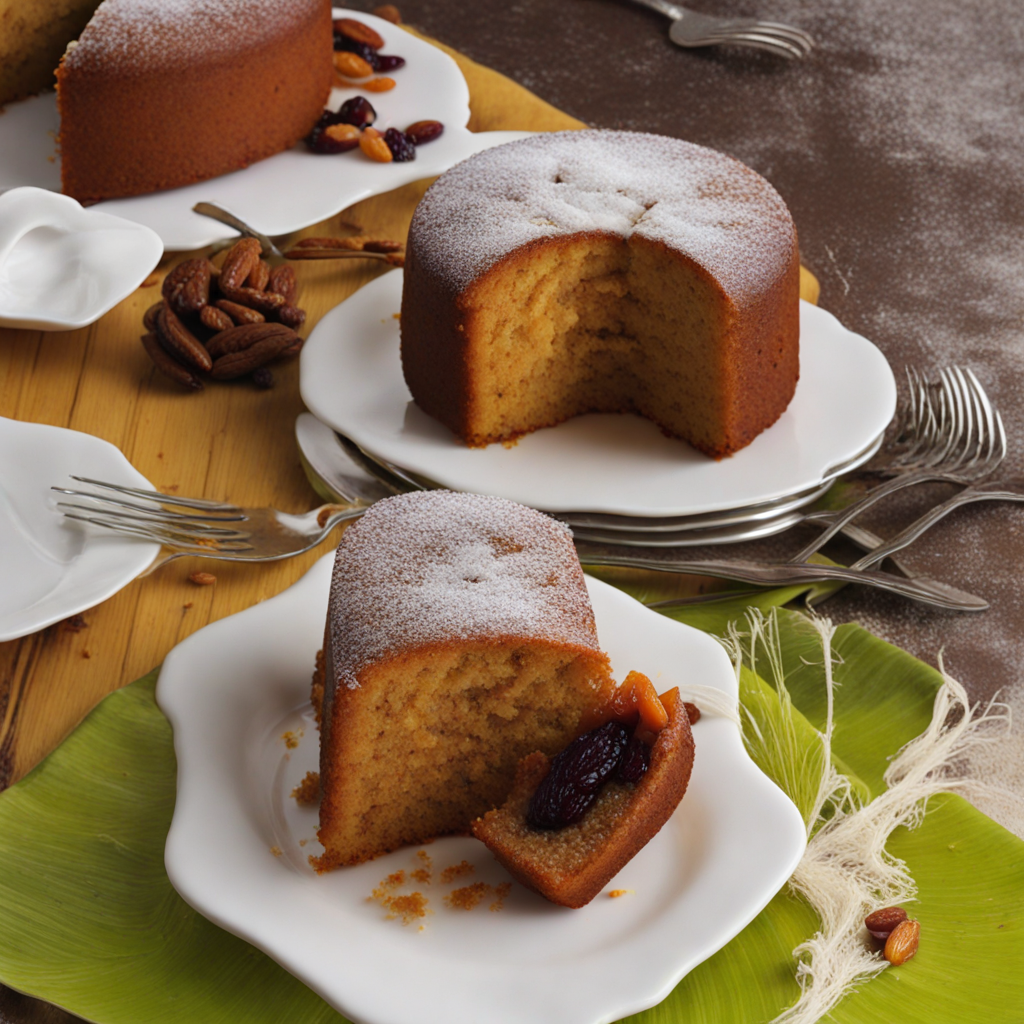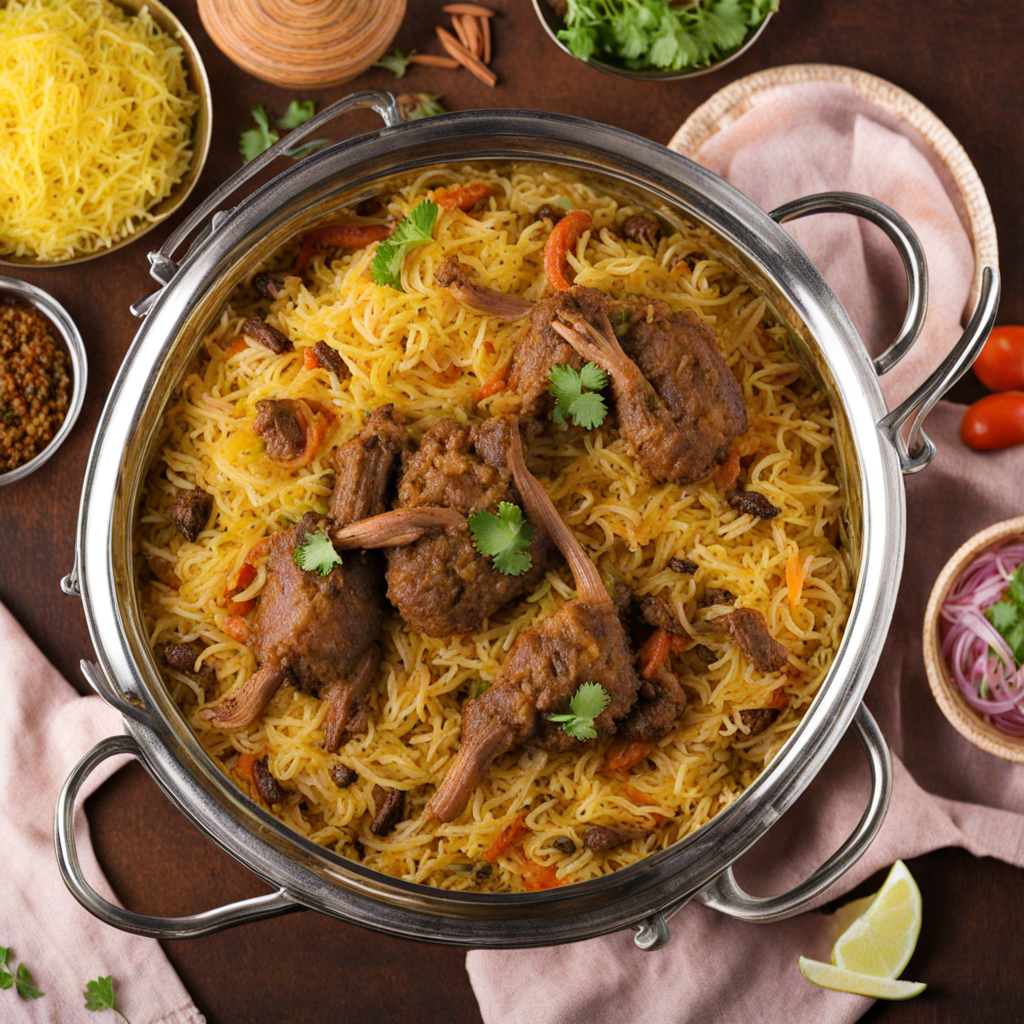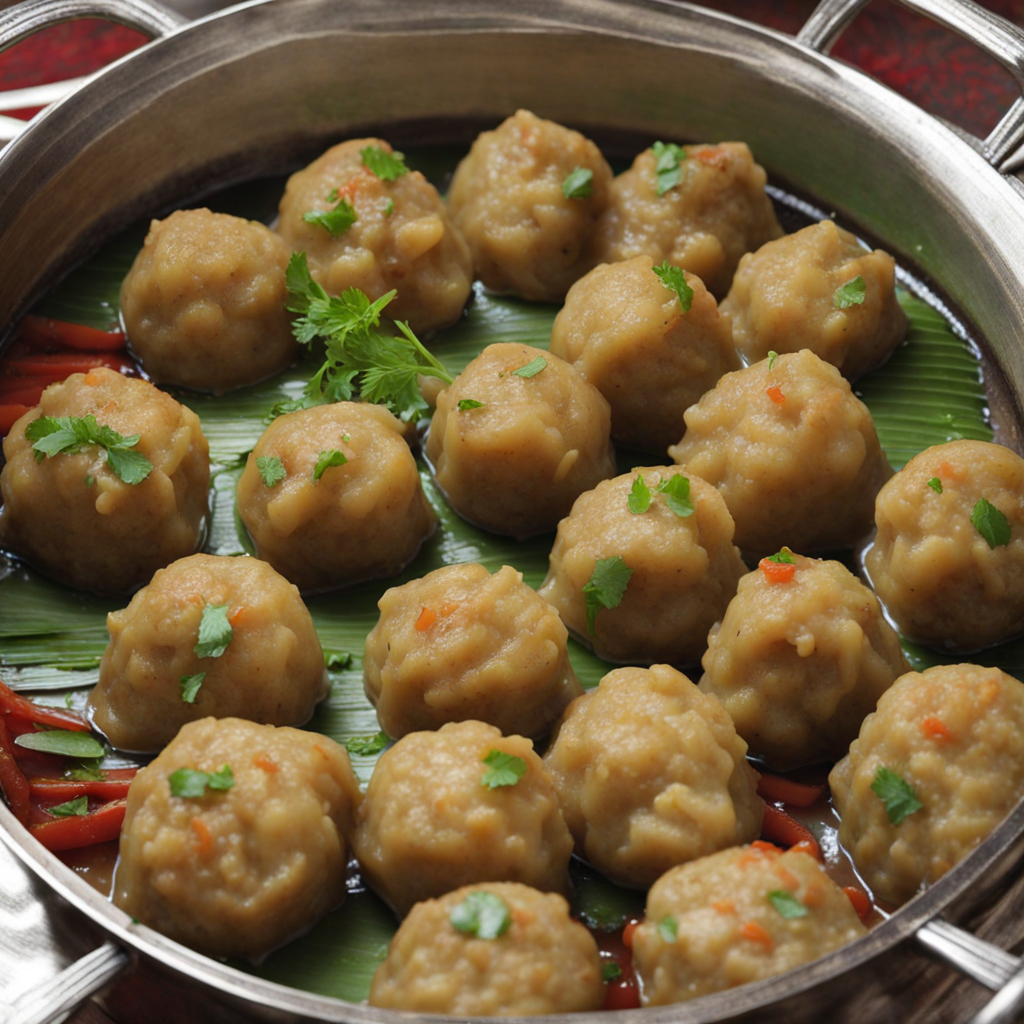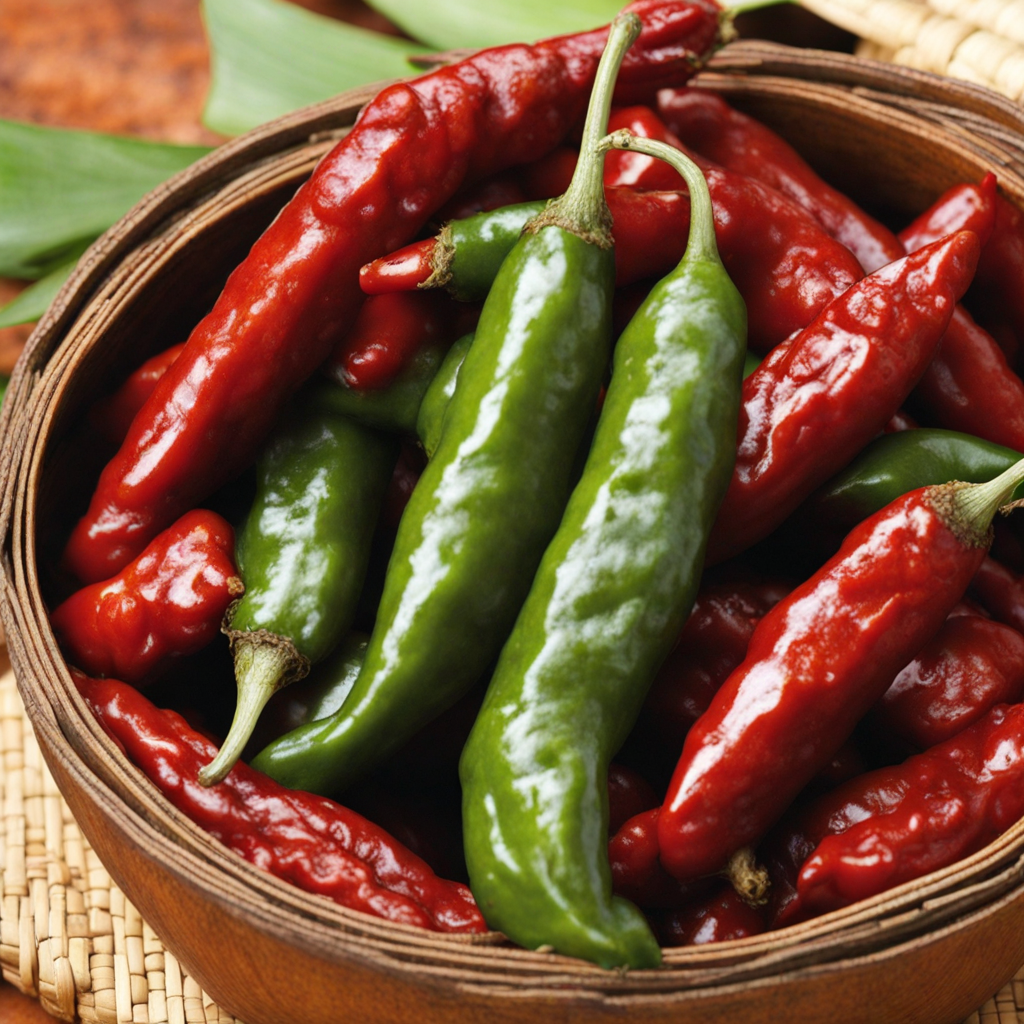Chicken Curry
Chicken Curry from Mauritius is a vibrant and aromatic dish that reflects the island's rich cultural tapestry, combining influences from Indian, Creole, and Chinese cuisines. The star of this dish, tender chicken pieces, are marinated in a medley of spices such as turmeric, cumin, and coriander, which infuse the meat with a warm, earthy flavor. The addition of garlic, ginger, and onions forms a fragrant base, creating a symphony of aromas that tantalize the senses even before the dish reaches the table. What sets Mauritian Chicken Curry apart from its Indian counterparts is the use of local ingredients and unique twists. Often, fresh tomatoes and green chilies are added, contributing a tangy brightness and a touch of heat that can be adjusted to suit your taste. Coconut milk is sometimes incorporated, lending a creamy texture and a subtle sweetness that balances the spices beautifully. The dish is typically simmered to perfection, allowing the flavors to meld together, resulting in a rich, comforting sauce that clings to the chicken and can be sopped up with rice or bread. Served with steamed basmati rice or fluffy roti, Mauritian Chicken Curry is more than just a meal; it is a culinary experience that invites you to explore the island's diverse heritage. Each bite is a celebration of texture and flavor, with the tender chicken contrasting against the luscious sauce. It’s a dish that embodies warmth and hospitality, often enjoyed in the company of family and friends, making it not just a taste of Mauritius, but a heartfelt connection to its vibrant culture.
How It Became This Dish
The History of Kari Poulet: A Culinary Gem of Mauritius Kari Poulet, or chicken curry, is one of the signature dishes of Mauritius, a vibrant island nation located in the Indian Ocean, east of the African continent. Its history reflects the rich tapestry of cultural influences that have shaped the island over centuries, making it not just a meal but a symbol of the Mauritian identity. #### Origins: A Melting Pot of Cultures The roots of Kari Poulet can be traced back to the 18th century, during the time of French colonial rule. The French brought with them their culinary traditions, which laid the groundwork for what would become the island's unique fusion cuisine. A significant aspect of this culinary evolution was the introduction of Indian spices and cooking techniques, primarily through the indentured laborers who arrived from the Indian subcontinent after the abolition of slavery in the 1830s. These laborers brought with them a wealth of culinary knowledge, including the use of spices like turmeric, cumin, coriander, and chili—all essential ingredients in Kari Poulet. The blending of French techniques and Indian flavors created a dish that was not only flavorful but also a reflection of the island's diverse cultural heritage. #### Cultural Significance Kari Poulet is more than just a popular dish; it is a culinary representation of Mauritius's multicultural society. The island is home to a mixture of ethnicities, including Creole, Indian, Chinese, and French communities, each contributing to the food culture in unique ways. Kari Poulet serves as a reminder of this coexistence, where different traditions interweave to create something distinctly Mauritian. In Mauritian culture, food is often associated with family gatherings and celebrations. Kari Poulet is commonly served during festive occasions, family meals, and even casual get-togethers, embodying warmth and hospitality. It is often accompanied by rice, lentils, and a variety of side dishes, making it a hearty and satisfying meal that fosters community bonding. #### The Development Over Time As Mauritius transitioned through various phases of its history, so too did Kari Poulet. Initially, the dish was relatively simple, focusing on the fundamental elements of chicken and spices. However, as the island became more cosmopolitan in the 20th century, Kari Poulet began to evolve. By the mid-20th century, the arrival of new ingredients and the influence of various cooking styles led to the diversification of Kari Poulet. The dish started to incorporate different proteins, such as fish and goat, alongside variations in the spice blends used. This adaptability allowed Kari Poulet to maintain its relevance in a rapidly changing culinary landscape. Moreover, the global recognition of Mauritian cuisine grew during this period, with chefs and home cooks experimenting and showcasing their culinary artistry. The dish began to appear in restaurants across the island, and its popularity transcended local boundaries. Culinary tourism started to blossom in Mauritius, with travelers eager to experience the authentic flavors of the island, leading to the internationalization of Kari Poulet. #### Ingredients and Preparation The traditional preparation of Kari Poulet involves marinating chicken pieces in a mixture of spices, including turmeric, cumin, and coriander. This is often complemented by garlic, ginger, and onions, which form the aromatic base of the curry. The marinated chicken is then sautéed in oil until golden brown, after which tomatoes and coconut milk may be added to create a rich sauce. Unlike many other curries, which can be heavily spiced, Kari Poulet strikes a balance between heat and flavor. The use of fresh herbs, such as curry leaves and cilantro, adds a vibrant note to the dish. It is often served with steamed rice, giving diners a comforting and wholesome experience. Over the years, variations have emerged based on personal and regional preferences. Some cooks might add vegetables like potatoes or carrots to the curry, while others may prefer a more simplistic approach, focusing solely on the chicken and spices. This adaptability is a hallmark of Mauritian cuisine, highlighting the creativity and innovation of its cooks. #### Contemporary Scene and Global Influence In recent years, the global food scene has seen a surge in interest in ethnic cuisines, including that of Mauritius. Kari Poulet has found its way onto international menus, celebrated for its unique blend of flavors and the story it tells about the island's history. Chefs around the world are embracing the dish, experimenting with new interpretations while still honoring its traditional roots. Culinary festivals and events in Mauritius have also played a role in promoting Kari Poulet. These gatherings showcase the island's diverse culinary heritage, attracting both locals and tourists alike. Cooking classes focused on Mauritian cuisine often include Kari Poulet in their curriculum, allowing participants to immerse themselves in the flavors and techniques that define the dish. As Mauritius continues to evolve, so too does Kari Poulet. The dish remains a cornerstone of Mauritian identity, a bridge between the island's past and its future. It embodies the spirit of a nation that thrives on diversity and the harmonious coexistence of different cultures. #### Conclusion Kari Poulet is more than just a meal; it is a reflection of Mauritius's rich history and cultural diversity. From its origins in the colonial era to its contemporary status as a beloved dish both locally and globally, Kari Poulet encapsulates the essence of Mauritian culinary heritage. As it evolves, this iconic dish will undoubtedly continue to be a source of pride and a symbol of the island's unique identity, inviting all who experience it to partake in the rich flavors and stories that define Mauritius.
You may like
Discover local flavors from Mauritius







